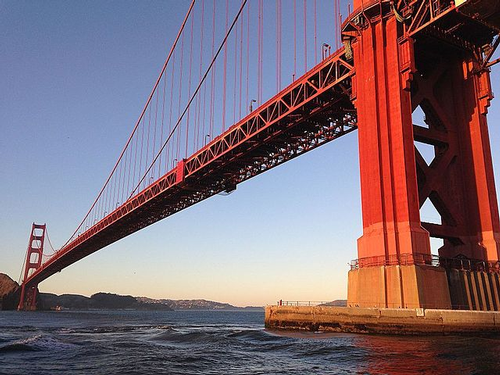In modern industrial production,Whether it’s machinery and equipment, building materials, or even vehicles, industrial paints play a vital role in protecting and beautifying them. This article will detail the types of industrial paints, their characteristics, their application scenarios, and how to choose the right coating, helping you make informed decisions.
1. Types of Industrial Paints
Industrial paint coatings can be divided into the following categories according to their composition, purpose and performance:
1.1 Solvent-based coatings
Solvent-based coatings are organic solvent-based coatings that have good fluidity and adhesion. Common solvent-based coatings include:
Alkyd paint: Suitable for metal surfaces, with good weather resistance and gloss.
Epoxy paint: has excellent corrosion resistance and adhesion, suitable for chemical equipment and ships and other fields.
Polyurethane paint: Strong wear resistance, suitable for the protection of floors and mechanical equipment.
1.2 Water-based paint
Water-based paints use water as a solvent, are environmentally friendly, and have low volatile organic compound (VOC) content. Common water-based paints include:
Water-based epoxy paint: Suitable for metal and concrete surfaces both indoors and outdoors, with good chemical resistance.
Water-based polyurethane paint: suitable for wood and metal surfaces, with excellent wear resistance and gloss.
1.3 Specialty Coatings
Special coatings are developed for specific needs, common ones include:
Fire retardant coating: used for fire protection of buildings, can effectively slow down the spread of fire.
Antibacterial coating: Suitable for hospitals, food processing and other places, it has the function of inhibiting bacterial growth.
2. Selection of industrial paint coatings
Choosing the right industrial paint requires considering many factors, including the use environment, substrate type, performance requirements, etc.
2.1 Select according to the usage environment
Indoor environment: For indoor use, it is recommended to choose water-based paint or low-VOC solvent-based paint to reduce air pollution.
Outdoor environment: Paints used outdoors need to have good weather resistance and UV resistance. Polyester powder coatings or highly weather-resistant solvent-based coatings are recommended.
2.2 Selection based on substrate type
Metal Substrate: For metal surfaces, epoxy paint and polyurethane paint are good choices, with excellent adhesion and corrosion resistance.
Concrete substrate: Water-based epoxy paint and special waterproof coatings are suitable for concrete surfaces and can effectively prevent water seepage and corrosion.
2.3 Selection based on performance requirements
Chemical resistance: If the coating needs to withstand attack from chemicals, epoxy paint is the best choice.
Abrasion resistance: For floors and mechanical equipment, polyurethane paint and powder coating have good abrasion resistance.
3. Application fields of industrial paints and coatings
3.1 Mechanical Manufacturing
In the machinery manufacturing industry, coatings are primarily used to prevent rust and enhance the appearance of equipment. Epoxy and polyurethane paints are commonly used, effectively extending the life of equipment.
3.2 Construction Industry
The construction industry’s demand for coatings is primarily focused on waterproofing, fire protection, and decoration. Fire retardant coatings and water-based coatings are widely used in construction to meet diverse functional requirements.
3.3 Transportation
In the transportation sector, coatings are primarily used for corrosion protection and aesthetics of vehicles and ships. Epoxy and polyurethane coatings are widely used due to their excellent weather resistance and abrasion resistance.
3.4 Furniture Manufacturing
In furniture manufacturing, water-based paints and polyurethane paints are often used for coating wood surfaces, which can not only protect the wood but also improve its appearance.
4. Precautions for the construction of industrial paint
During the painting process, the construction quality directly affects the performance and appearance of the coating. Here are some construction precautions:
4.1 Substrate Preparation
Before painting, the substrate needs to be cleaned and treated to ensure that the surface is free of oil, dust and rust to improve the adhesion of the coating.
4.2 Environmental Conditions
When painting, you should choose appropriate environmental conditions. Temperature and humidity have a significant impact on the drying and curing of the paint. Generally, it is recommended to apply the paint in an environment with a temperature of 15-30°C and a humidity of 40%-70%.
4.3 Paint Proportion
For paints that need to be mixed, mix them strictly according to the ratio provided by the manufacturer to ensure the performance and effect of the paint.
4.4 Construction Tools
Choose the right application tool, such as a spray gun, roller or brush, to ensure an even coat and avoid runs and bubbles.
5. Summary
By understanding and selecting different types of coatings, you can find the most suitable product for your specific needs. Whether in machinery manufacturing, construction, or transportation, choosing the right coating not only improves product durability but also enhances its aesthetics.
Post time: Oct-23-2025


